SoundBar Concept: The SoundBar simplifies TV sound without the complexity of a home theater. It packages the front speakers and electronics into a single box, mounted either above or below the TV. Since a good 5.1 home theater system costs about $1,000 (Sony), SoundBars should be priced well below this. The down-side of home theaters is that they have a lot of wires, 9 for a 5.1 system. Wireless speakers merely substitute power cords for speaker wires. On the other hand, a SoundBar has only 3 wires!
Limitations of a SoundBar: These are:
- Lack of audio spaciousness, due to the speakers being too close together
- Limited audio volume, due to its small speakers
- Cannot be upgraded to a regular home theater
Solution: A mass-market alternative to the SoundBar is provided by a Bluetooth stereo amplifier, such as the Arylic B50, which can also be connected to a TV by HDMI-ARC. The TV does the “heavy lifting” by down-mixing the multi-channel audio into stereo. The Arylic B50 then drives wired stereo speakers and a subwoofer. There are two ways of implementing this:
- Mount a pair of bookshelf speakers, such as the Neumi, Fluance or Elac Debut, beside the TV. Since they are front-ported speakers, they maybe wall-mounted. The Deep Bass (“Digital Subwoofer”) feature in the Arylic B50 boosts their low-frequency output, enhancing the impact of explosions.
- These speakers maynot look attractive on a wall, since they are black and stick out about 9 inches. A more elegant solution might be to use a pair of small, white, on-wall speakers, such as the Polk OWM3 or indoor/outdoor speakers, and add a compact sub-woofer beneath.
These speakers are located far enough apart to give good audio spaciousness and are large enough to give good loudness and bass. They will play 6 – 10 dB below the movie theater reference level, which is still pretty loud. These systems cost between $250 and $500 and can be upgraded to a regular home theater system by adding an A/V receiver and surround speakers.
Connection and control: are implemented using HDMI-ARC (TV is set to PCM output). Control uses the CEC protocol, over the HDMI, so that the TV remote can control the power on/off, muting and volume.
Set-up: may be conducted through a phone app, which allows the amplifier to be tucked away, out of sight, ideal for a tidy system.
Digital Subwoofer: (Deep Bass) This feature of the Arylic B50 simulates a physical subwoofer. It greatly enhances the enjoyment of bookshelf speakers, but needs to be used judiciously.
Surround channels: may be “virtualized” from the front channels by using a DSP algorithm like DTS TruSurround, which is often implemented in a TV.
Why has this not been done before? Many may think that this solution should not be effective. The arguments are, first, that movie and home theaters need a center speaker to “anchor” the dialog in the middle. Without it, the dialog would tend to come from the speaker closest to the listener; a listener on the left would hear the dialog from the left speaker, not the center. Secondly, a subwoofer channel is needed for explosions in movies or they will have little impact. (When multichannel audio is mixed down to stereo, the 0.1 channel is usually dropped, minimizing the impact of explosions.) Accordingly, the minimum number of front channels required is 3.1, left, center right and subwoofer.
The fallacy of the first argument is that the dialog only shifts for listeners close to the screen. For listeners at the typical listening-distance in the home, the shift is minimal and not distracting. To refute the second argument, sound engineers now put some of the explosion sound into the front channels, so that the explosions are still heard, although they are not as loud as the full 0.1 channel.
Audiophiles have long been aware of this technique. Most high-end (>$1,000) stereo amplifiers have had an HDMI-ARC input for some time. This is only useful for listening to movies in stereo. The expensive Klipsch Fives, Sevens and Nines also have this feature. Arylic has brought the price down into the SoundBar range.
Author
Michael Rudd is now retired, after over 30 years experience in the audio industry. In 1997, as Vice President of New Technology at Boston Acoustics, he developed (and Trademarked) the first SoundBar. At THX, as Chief Audio/Video Architect, he was responsible for all the THX consumer audio and video specifications for high-end home theaters, including Dolby Atmos.

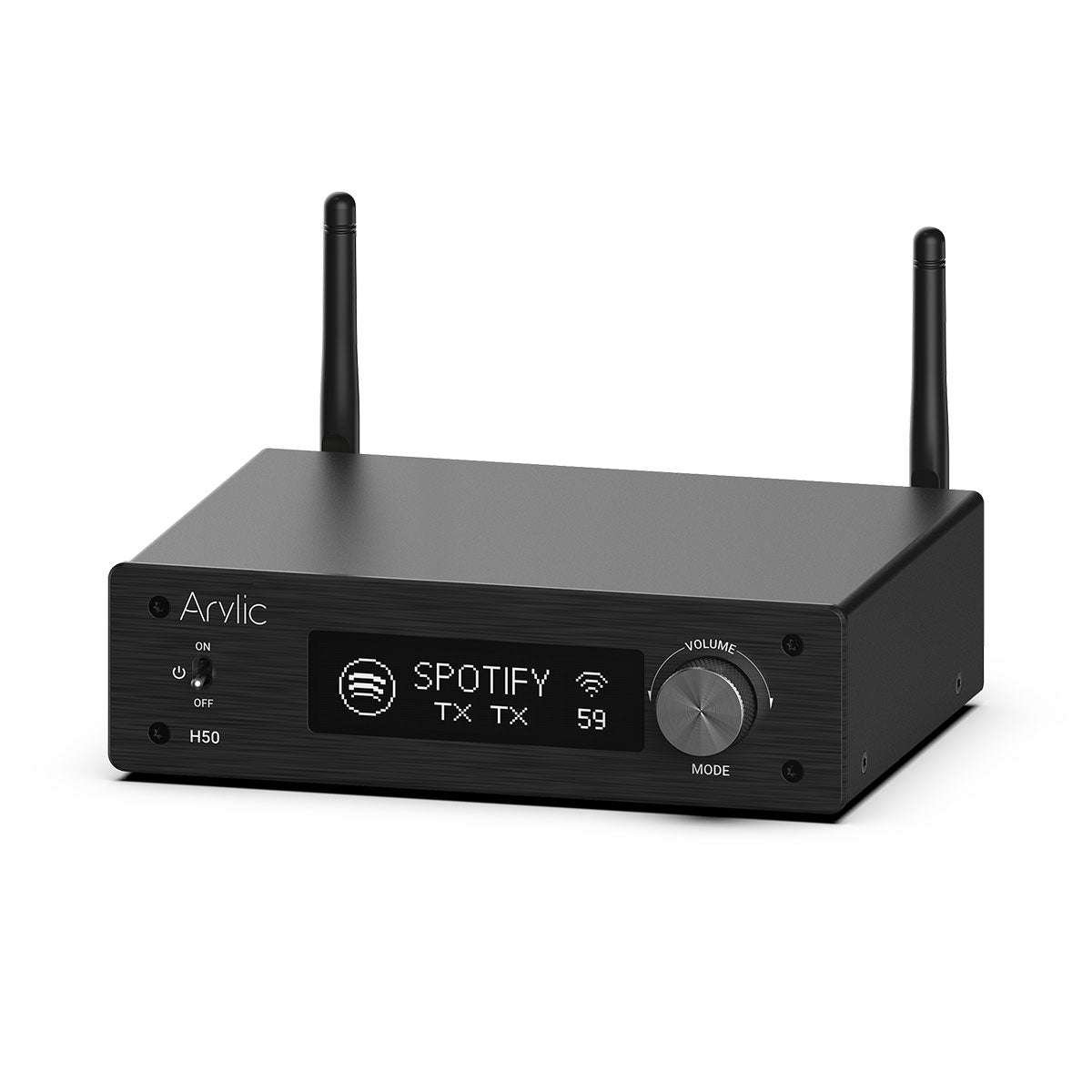

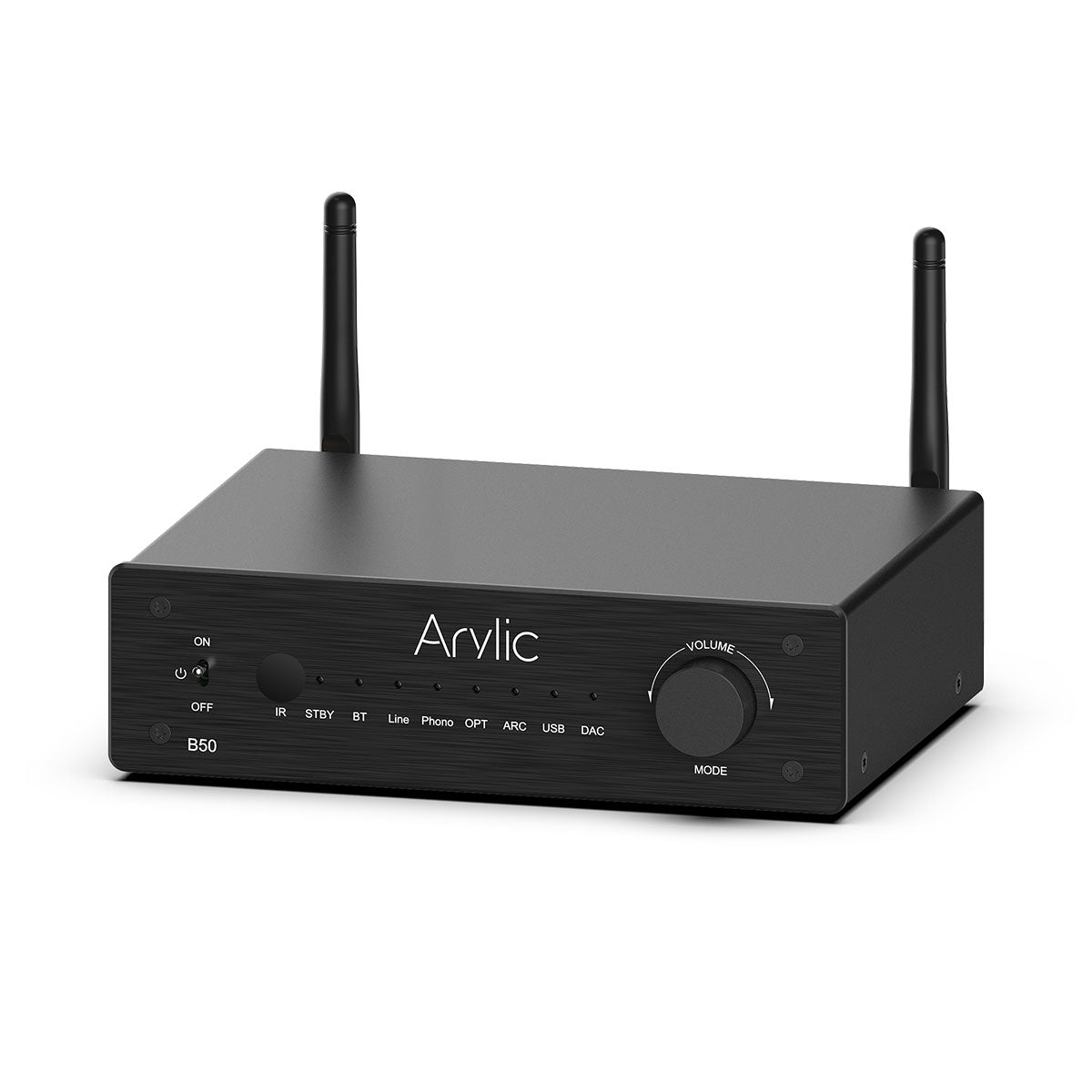
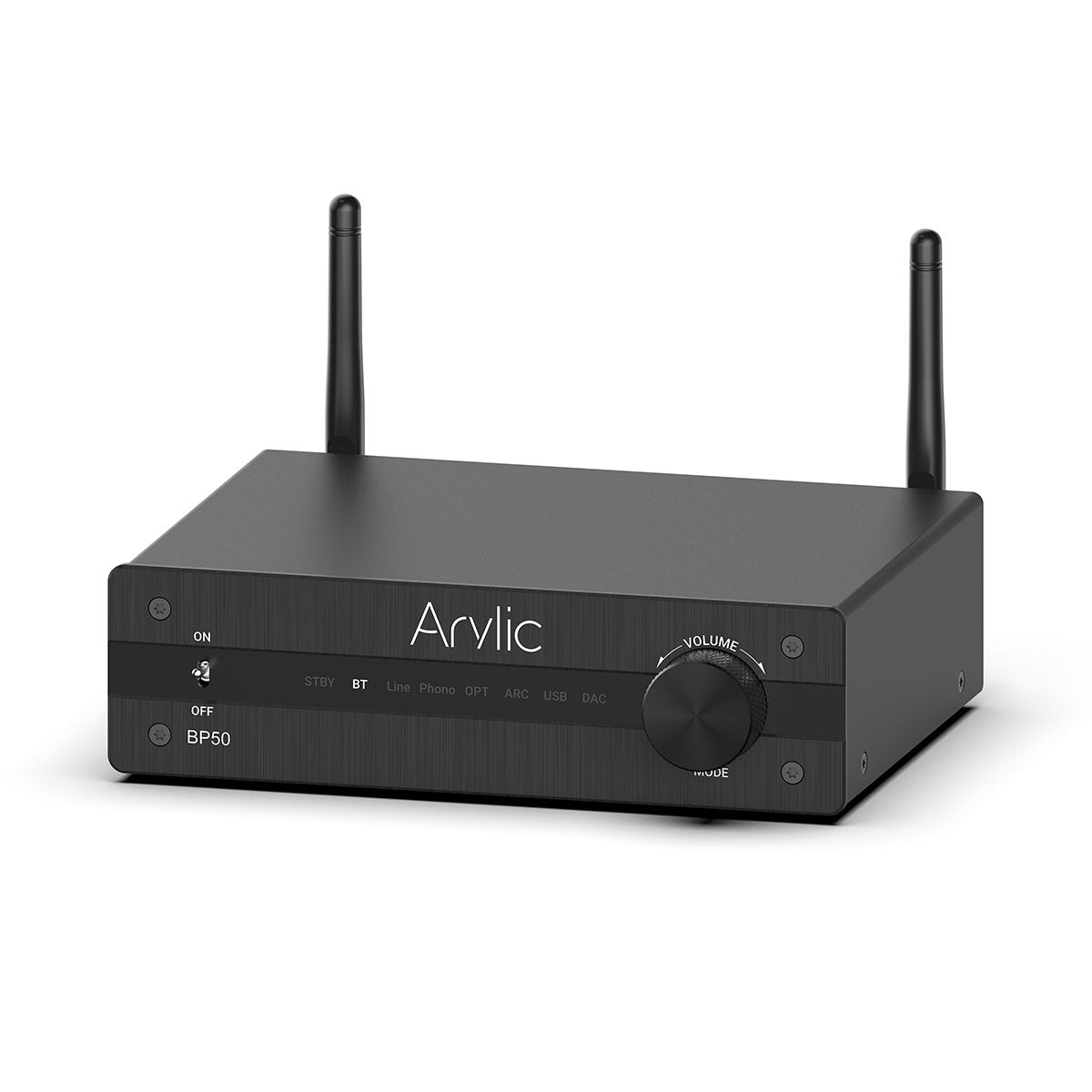
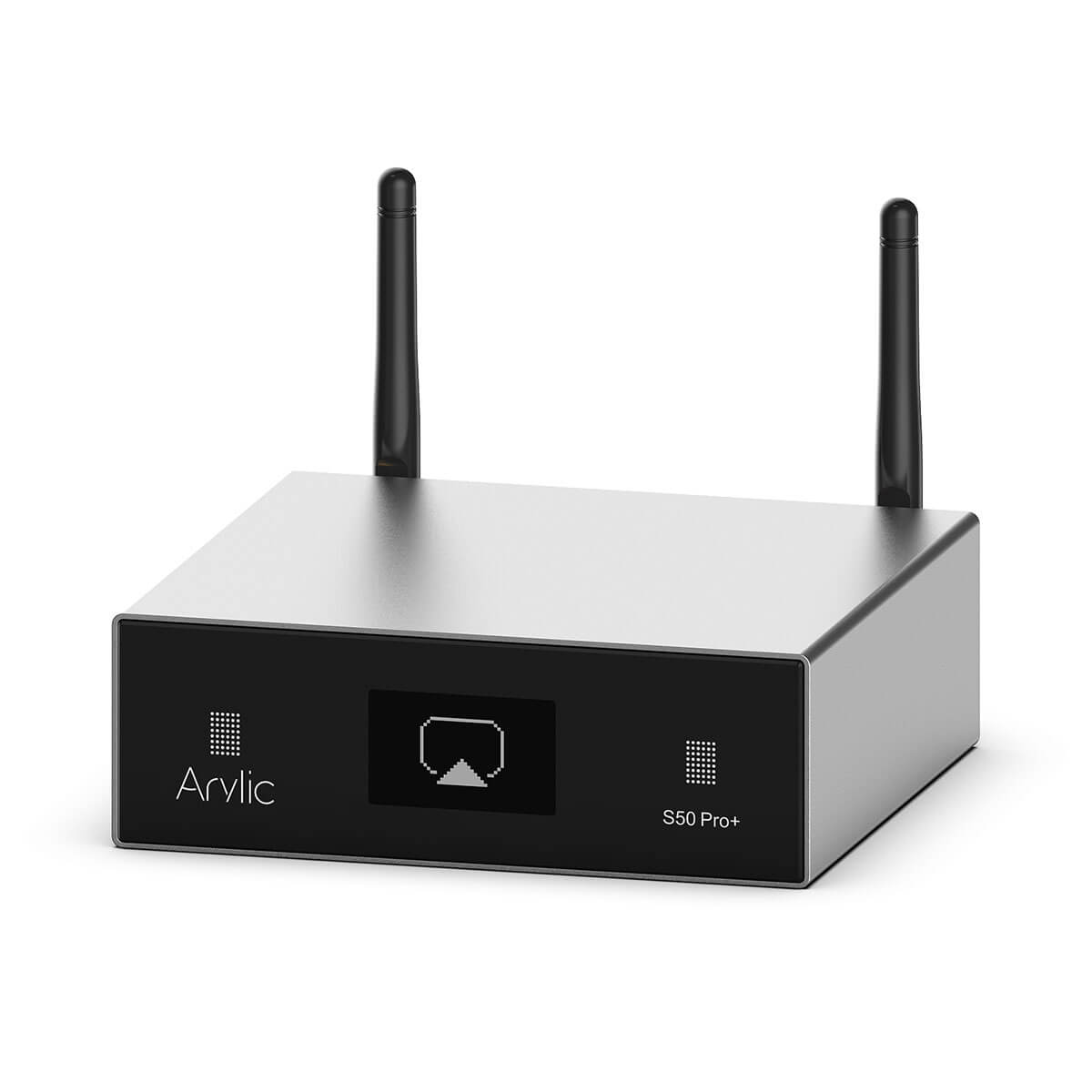
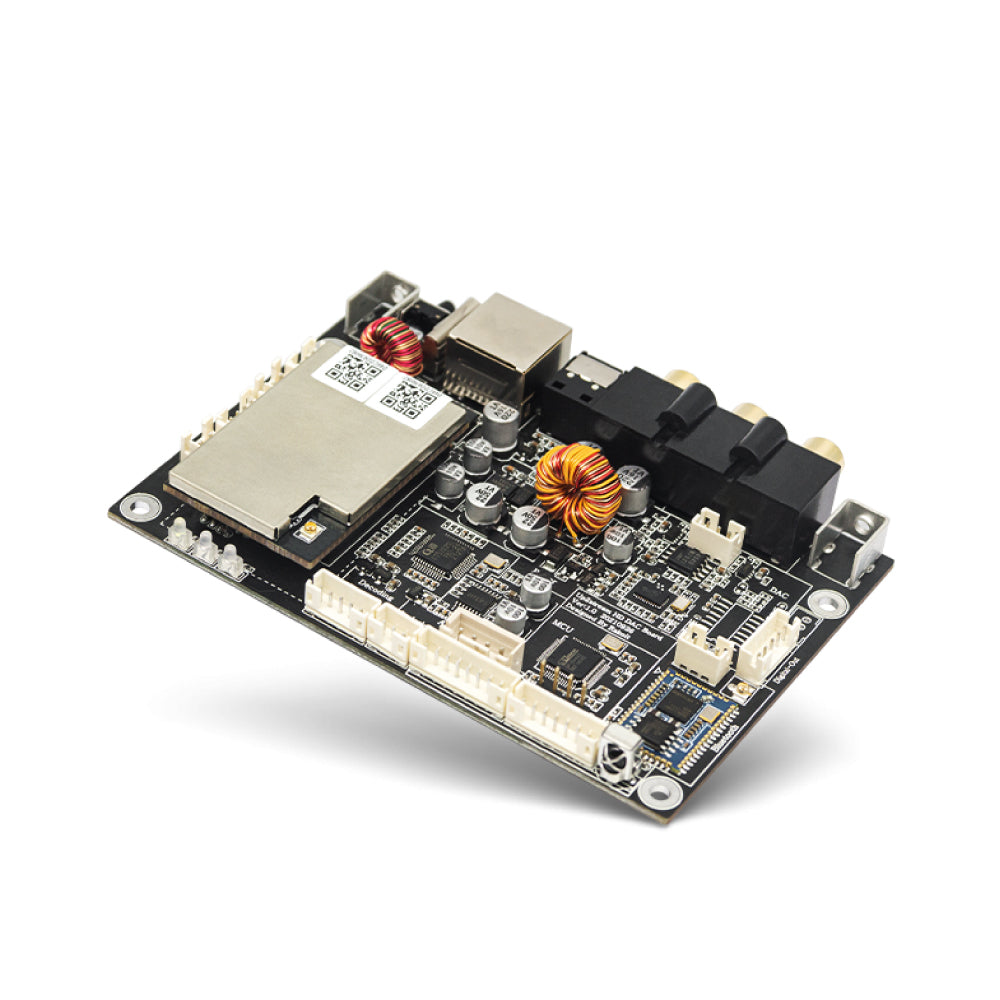
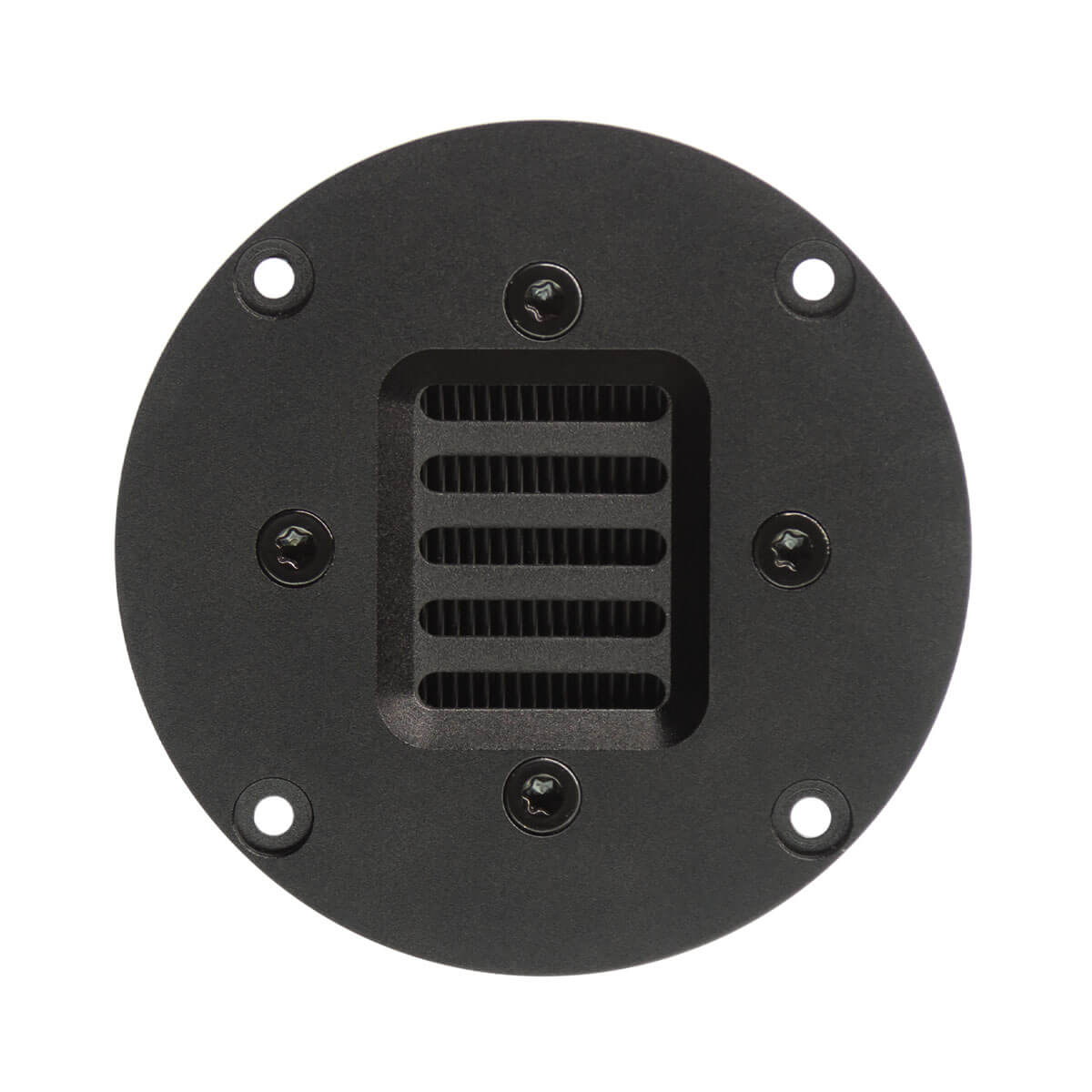
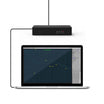
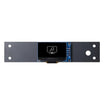
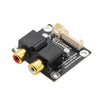
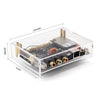
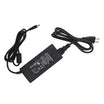
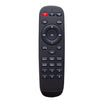
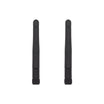
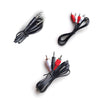
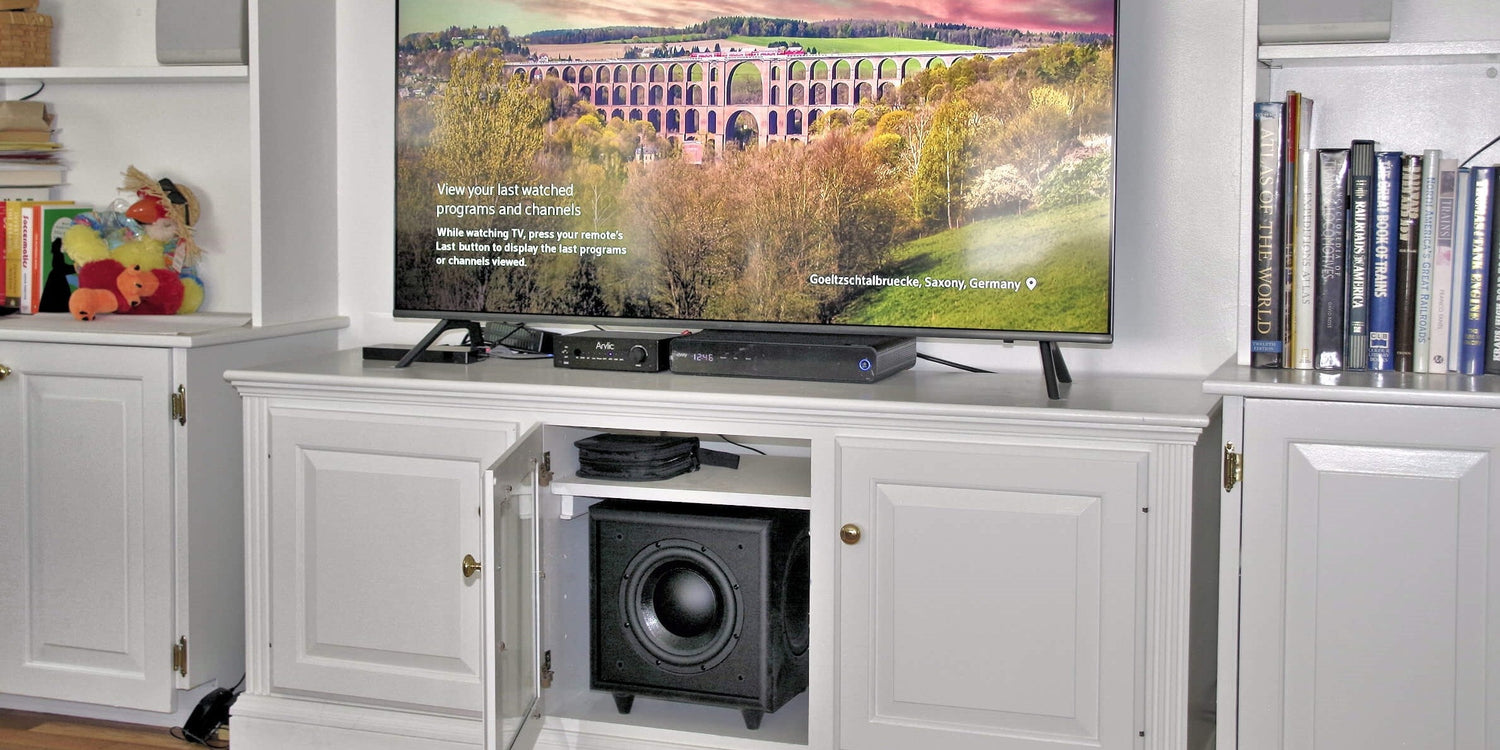
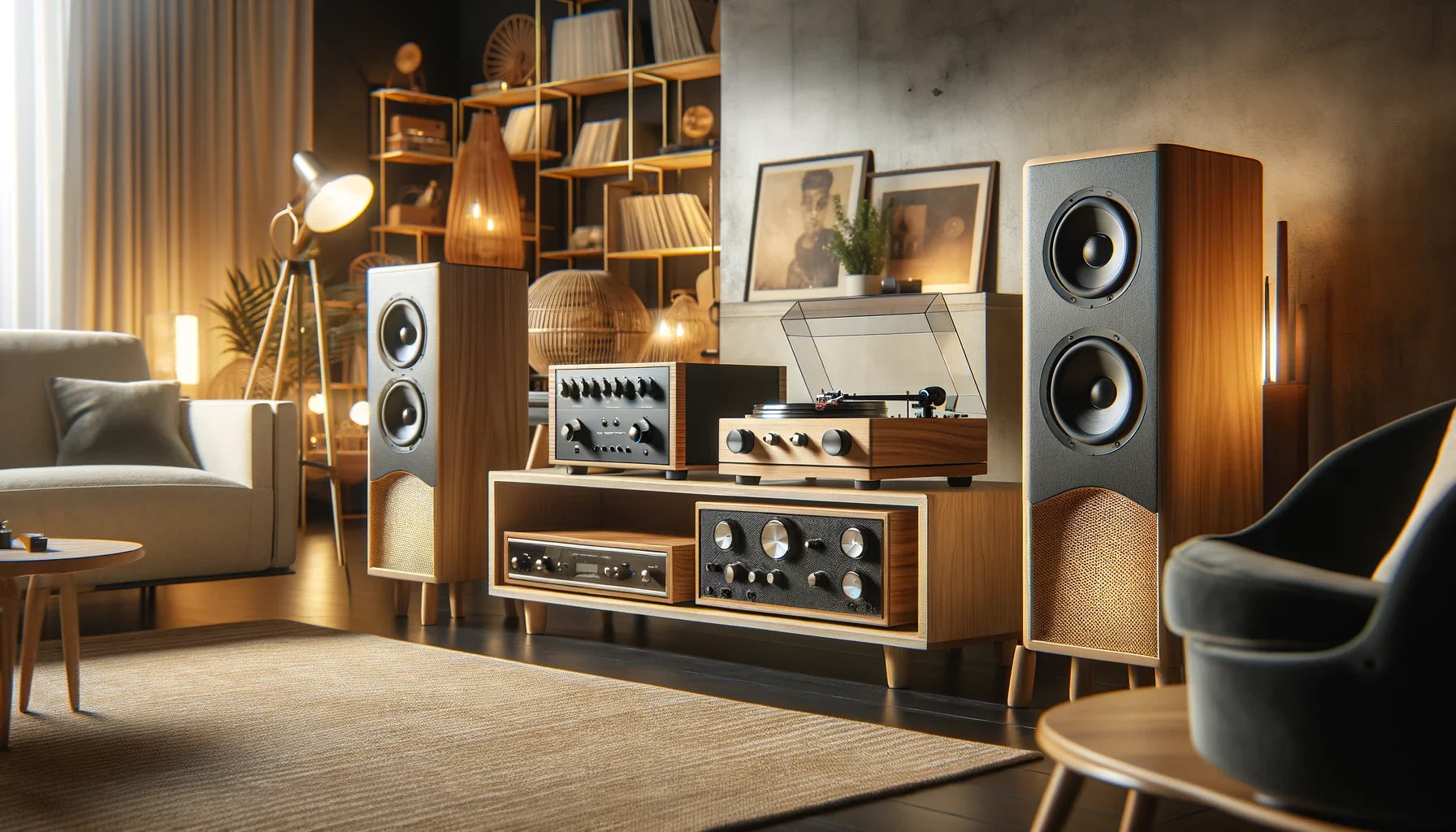
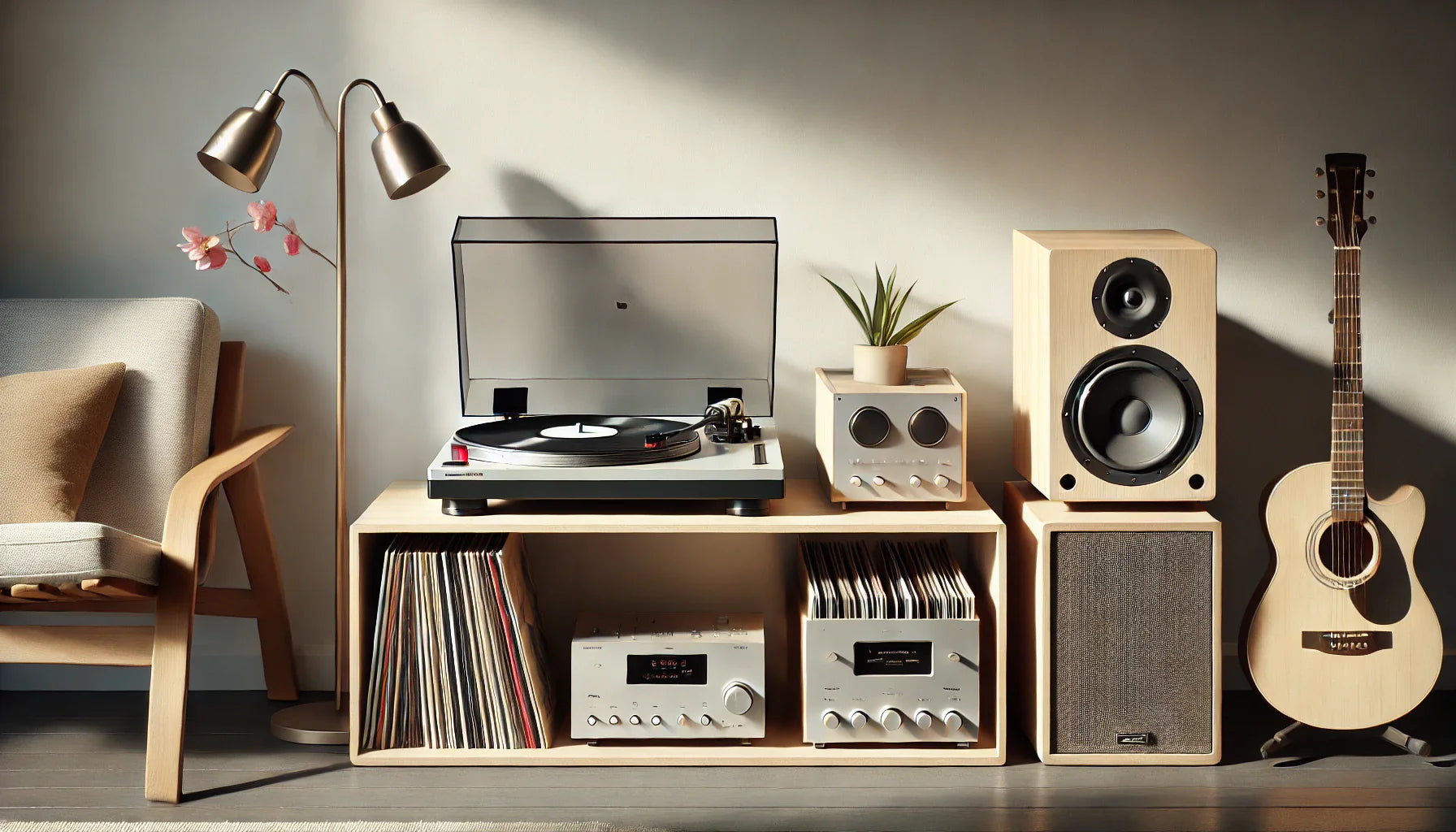
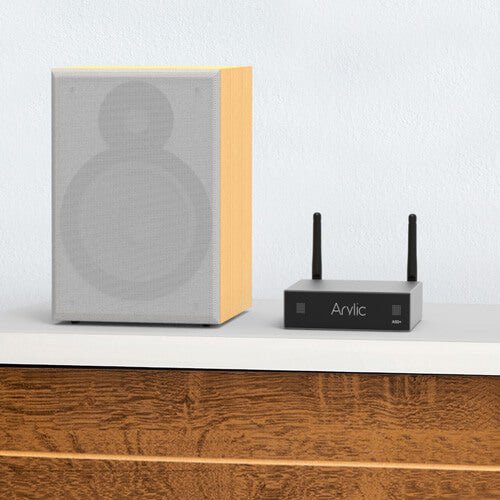
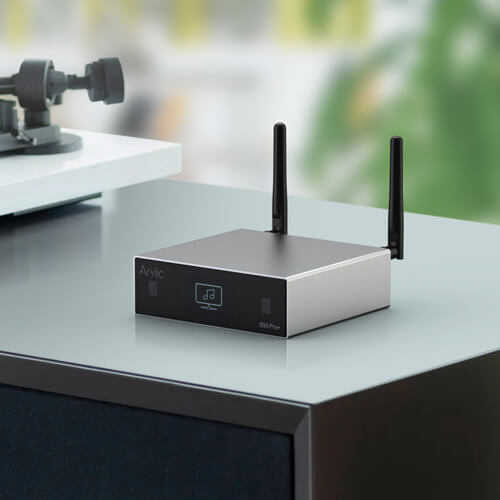
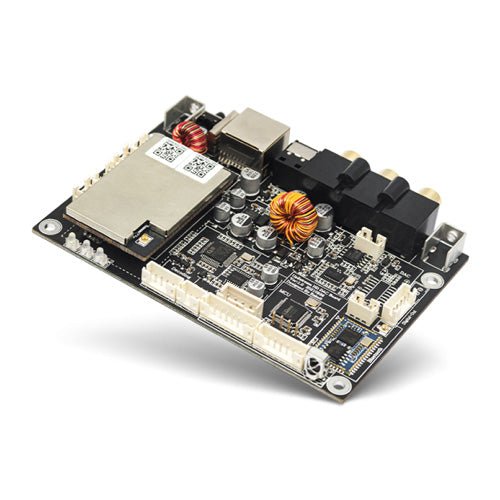

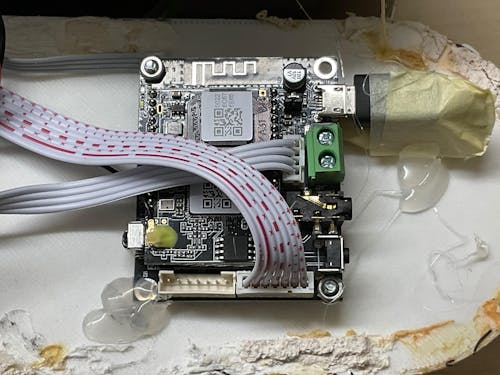

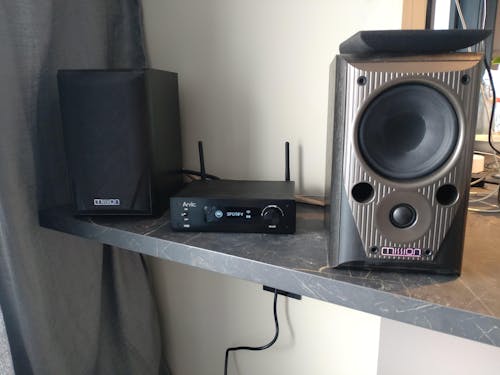
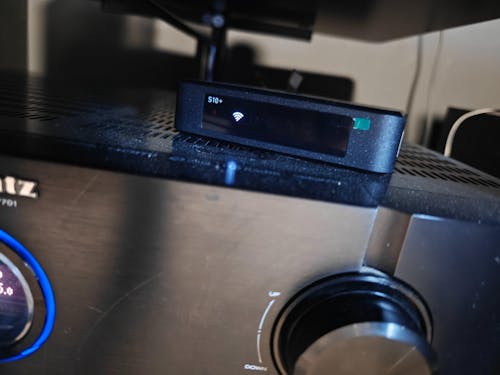
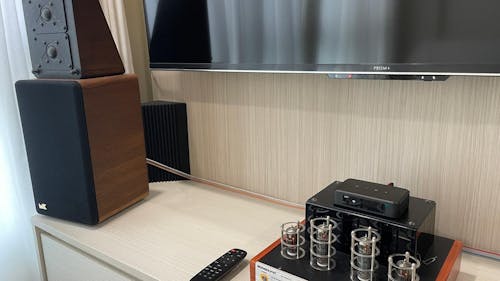


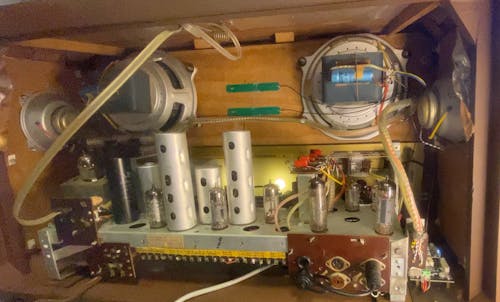
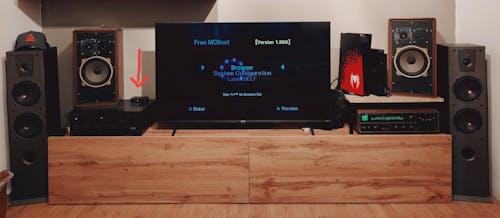
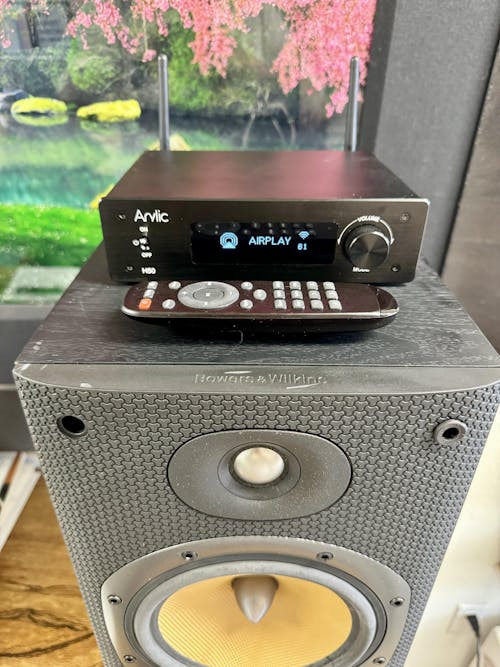
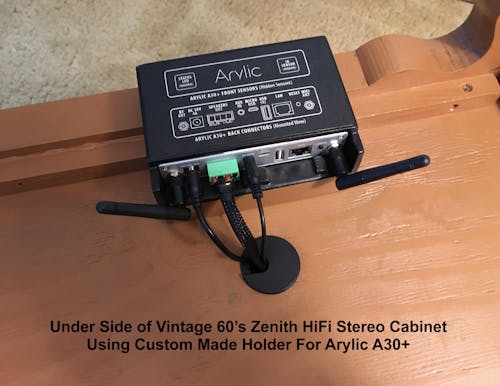
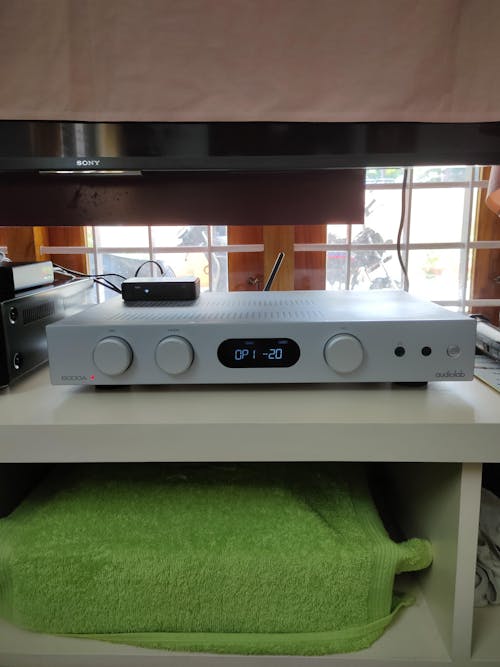
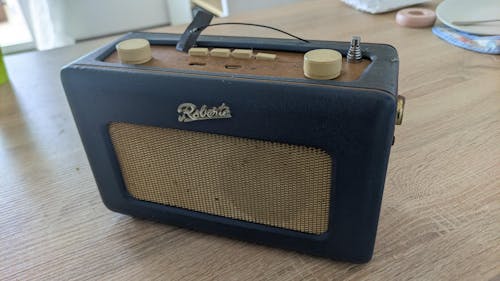
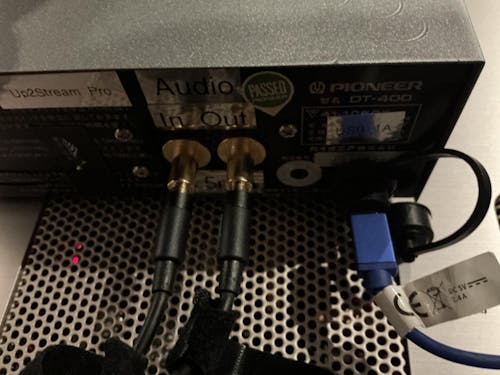
Leave a comment
All comments are moderated before being published.
This site is protected by hCaptcha and the hCaptcha Privacy Policy and Terms of Service apply.